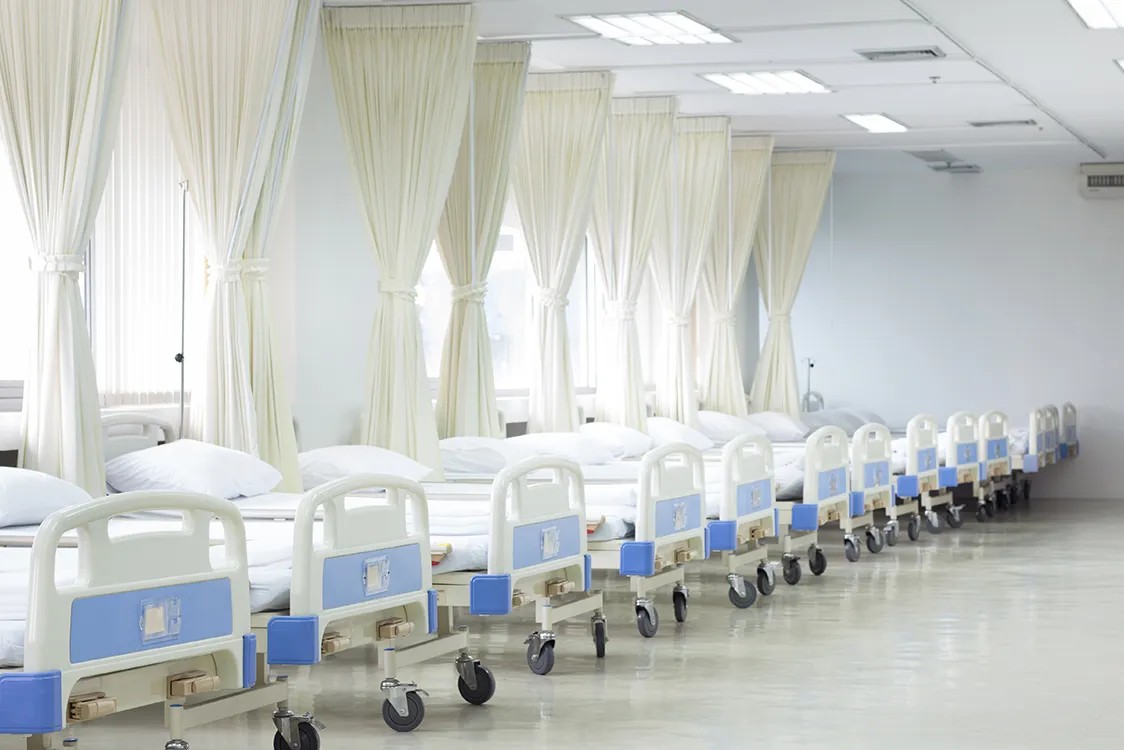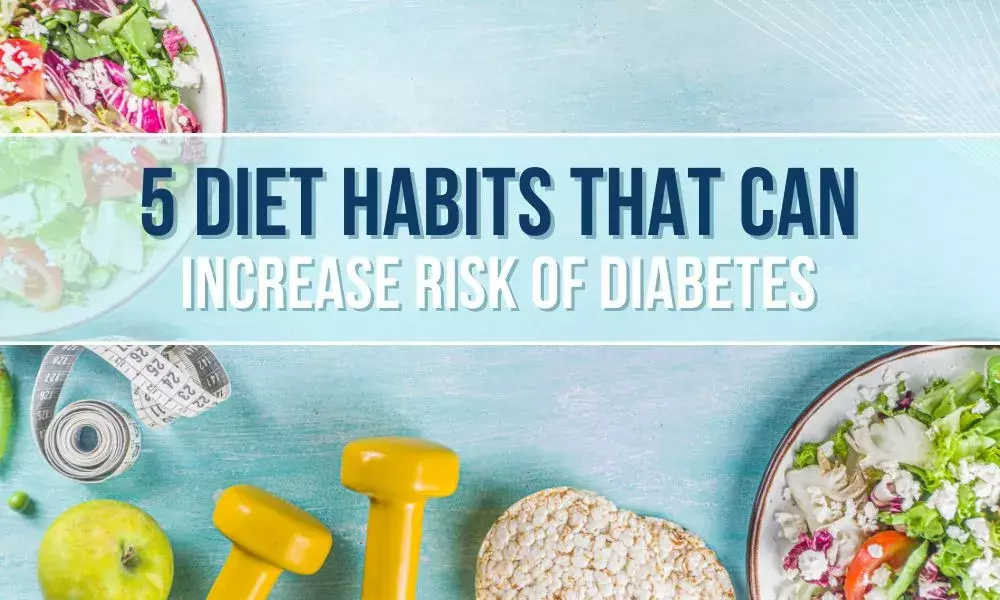According to a study published in the medical journal The Lancet for the years 2016–20, more than 75% of patients in India diagnosed with hypertension (high blood pressure) don’t have it under control.
Kochi: According to a study published in the medical journal “The Lancet” for 2016–20, over 75% of patients in India diagnosed with hypertension (high blood pressure) don’t have it under control.
The study confirms that uncontrolled BP is a major cause of mortality. It comes after the 2019–20 National Family Health Survey (NFHS–5) from the Centre, which revealed that 24% of men and 21% of women had hypertension, up from 19% and 17% in the 2015–16 survey. Patients are considered to have controlled hypertension if their systolic and diastolic blood pressure readings are less than 140 mmHg.
The hypertension control rate is known as the percentage of patients with BP under control (systolic <140 mmHg and diastolic <90 mmHg).
The BP control rates between 2001 and 2022 in India were the focus of the Lancet Regional Health-Southeast Asia study, in which researchers from Kerala also participated. Despite government initiatives, increased public awareness, and easier access to medical facilities, only 23% of patients in the past 21 years could control their hypertension.
“At least one in four adults in India are thought to have hypertension. Uncontrolled blood pressure is the leading cause of death worldwide and one of the major risk factors for cardiovascular diseases (CVD). For one-third of all deaths in India, CVDs are to blame. In other words, adult fatalities from hypertension are at an all-time high,” said Altaf Ali of the Government Medical College in Thiruvananthapuram’s department of community medicine. Ali participated in the study.
The Lancet researchers included 51 studies with 3.4 lakh patients. Of these, 21 studies (41%) revealed lower BP control rates in men than in women, and six (12%) revealed lower BP control rates in patients from rural areas. In India, the combined control rate ranged from 18% in 2001–20 to 23% in 2016–20, significantly increasing over the years. The study showed significantly worse control rates among males and significantly better control rates in the south and west. The researchers noted that very few studies had data on lifestyle-related social determinants or risk factors. “Millions of lives can be saved in the next ten years by ensuring that hypertension is treated and under control,” said Ali.
While India’s hypertension control rates had increased over time, according to Shaffi Fazaludeen Koya, the study’s co-author, it still had a significant problem with undiagnosed and uncontrolled blood pressure. Koya stated that it was necessary to create and assess community-based, long-term strategies and programs to increase the percentage of people with hypertension under control.





